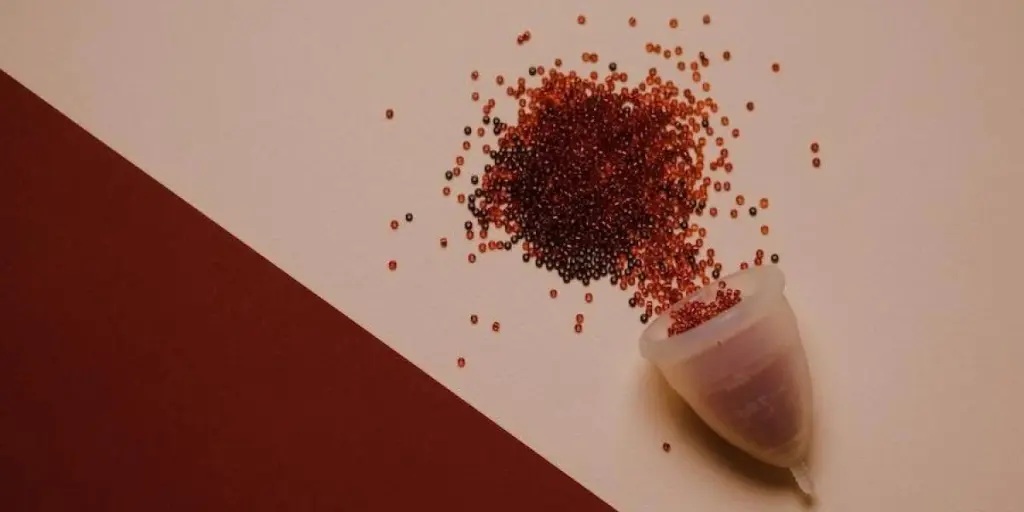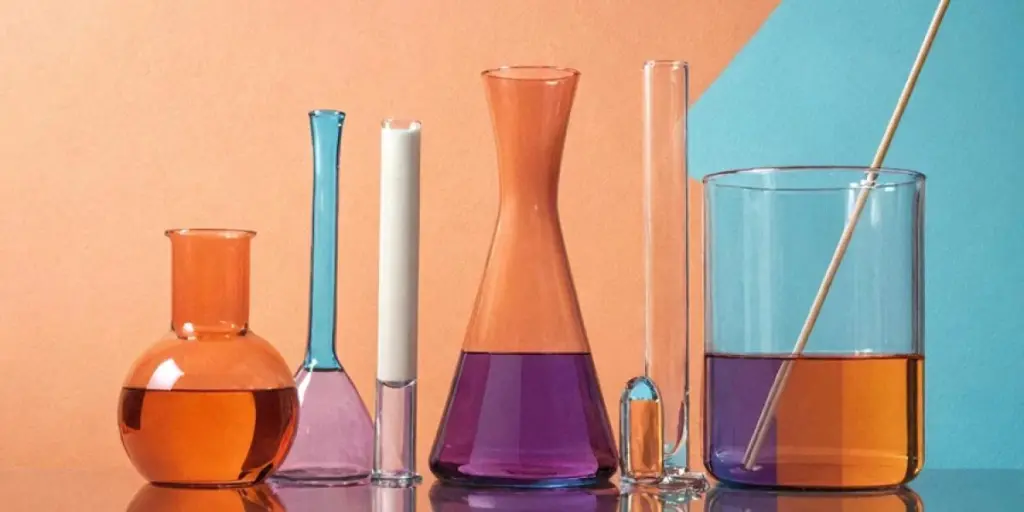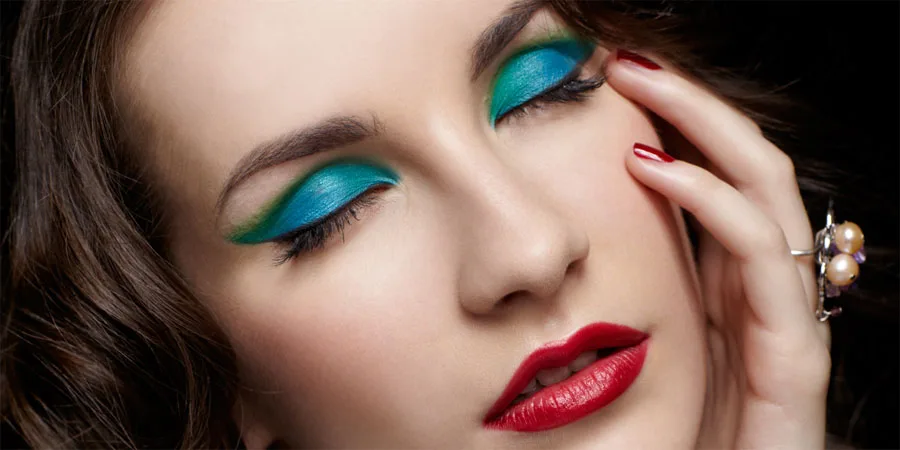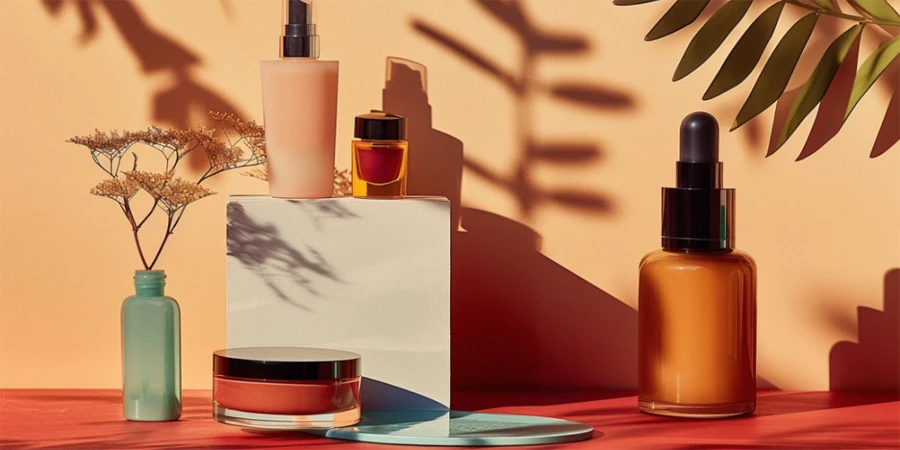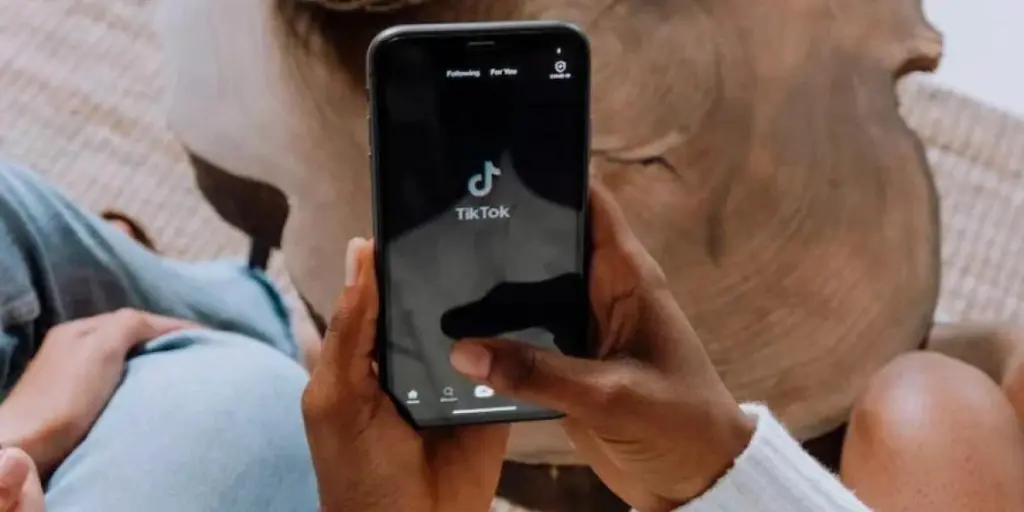Menstrual care is often treated as a taboo, but things will change in 2023. Menstrual care is evolving and breaking the chains of “lack of education.” Consumers are hoping for a more inclusive, open, and accessible future, and these trends are here to make that happen.
Menstruation is already headed towards a promising future as many adverts swap the blue liquid for red. However, much of menstrual care is unexplored, giving businesses ample opportunities to satisfy consumers and make profits.
Table of Contents
How large is the menstrual care industry
Menstrual care: 5 trends to watch closely in 2023
Final words
How large is the menstrual care industry globally?
The worldwide feminine hygiene products market had a $37.20 billion size in 2020. Unfortunately, the industry also suffered backlashes from the pandemic and lockdown era. Demand across all regions shrank by 2.65%, reducing the market’s size.
However, experts predict the market will expand from its $38.18 billion value in 2021 to $54.52 billion by 2028. They expect it to move at a CAGR of 5.22% over the forecast period. In addition, the industry owes its revival to the return of the pre-pandemic era.
Technological advancements and increasing quality education enlighten women on how their bodies work, including menstruation cycles. Avoiding poor sanitation in genital areas is now a primary concern among consumers. The increased awareness and demand for menstrual care products help propel this market’s growth.
North America and Europe hold significant shares in the global feminine hygiene market. Moreover, Asia Pacific accounts for over 40% of the total 2020 revenue, generating up to $11.96 billion. Experts expect the region to dominate the industry over the forecast period.
Menstrual care: 5 trends to watch closely in 2023
Menstruating to menopause: the perimenopause transition

There’s a lot to educate about the female body, and one engaging topic is “menstruating to menopause.” Interestingly, women will have three stages: premenopause, menopause, and postmenopause. The first stage eases ladies into the transition from menstruation to menopause.
Premenopause usually starts between ages forty and forty-four and may last anywhere from seven to ten years. Women may experience irregular periods, night sweats, collagen loss, mood swings, and other effects due to low estrogen levels. In 2020, approximately 44% of women globally had no idea premenopause existed.
Businesses must consider pushing menopause literacy as much as they push menstrual care. They can address premenopause symptoms with products like cooling skincare. Brands like the State of Menopause leverages this trend to create cooling skits for women. Usually, they include moisturizers, face oils, and sprays.

Brands can also take the skincare route, like Paula’s Choice. They offer renewal serums made from phytoestrogen to help women with estrogen-depleted skin.
Menstruation’s new identity: period care for all

Menstruation is losing the taboo insignia, and this trend proves it. This new era for menstrual care responds to consumers’ demand for open conversations and inclusive period products. In addition, these changes pave the way for menstruation brands to make more attractive product offerings.
However, it’s not just about becoming accepted. Menstrual care is evolving to include non-female-identifying individuals. More brands are expanding their conversations to include nonconforming, trans, gender-fluid, and non-binary consumers. They also extend to people with disabilities.
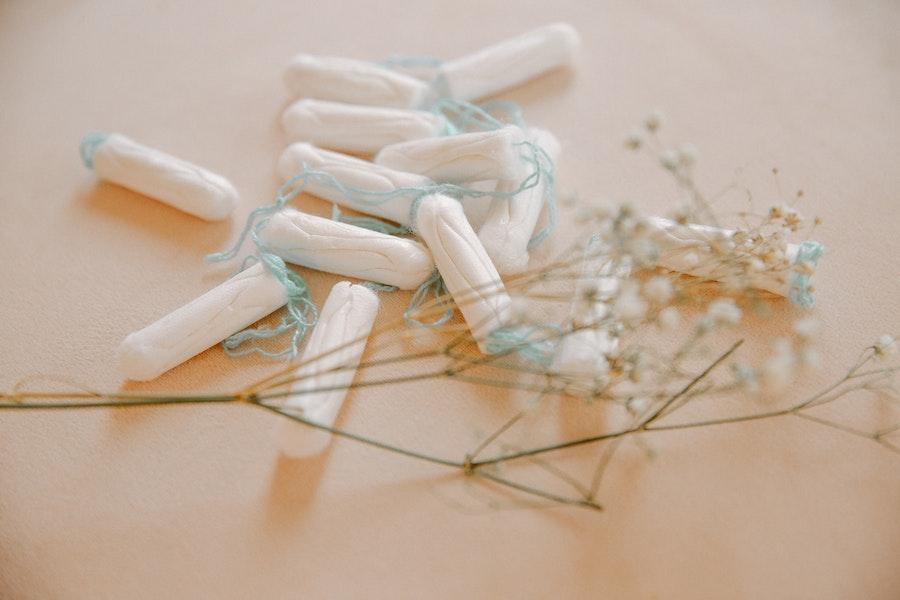
For this trend, brands must avoid making products gender-specific. It would help ensure they meet everyone’s needs. Some brands don’t use the term “hygienic” to describe products. Such shifts prevent the idea that periods are dirty. In addition, businesses must ensure they use terms such as “menstruators” when referring to consumers who experience periods.
Period problems: addressing period pain

This trend busts the myth that periods equal living in discomfort and pain. Sometimes, other conditions could interfere with a menstruator’s cycle, like premenstrual dysphoric disorder (PMDD), endometriosis, and polycystic ovary syndrome (PCOS). These conditions can cause discomfort and disruptions, including irregular periods, unbearable period pain, and intense mood swings.
The World Health Organization states that one in ten women suffer endometriosis globally. Most period relief brands believe that stereotypes about period pains prevent menstruators from diagnosing and treating this condition. In truth, many businesses miss the opportunity to appeal to consumers suffering from period pains and make their lives easier.

Capitalize on solutions for long-term cramps as alternatives to painkillers. Brands like Somedays offer antispasmodic and anti-inflammatory formulations that tackle the source of period pain. Businesses may also use online platforms to address the myths surrounding this issue.
Cycle syncing: 360-degree menstrual health

The future of personal care is evolving toward solutions focusing on the four stages of menstrual cycles. Most consumers believe the menstrual cycle only lasts during the bleeding phase, but it’s way longer than that. With more knowledge about menstrual health making rounds, menstruators are demanding more skincare and wellness routines catering to the four-period stages: menstrual, follicular, ovulation, and luteal.
2023 will see more consumers taking control of their menstrual health. There may be a shift from synthetic hormones to supportive ingestible. Some supplements have designs that support hormonal balance, while others push hormone health. These products are a softer way to control menstrual health since they feature adaptogens, homeopathic herbs, and plant extracts.

Dive into cycle care by offering information on the changes consumers may encounter at each phase. Also, businesses should recommend products to address each stage, whether they be for skincare or hormonal balance. Avoid offering supplements with potentially harmful chemicals that may mess with natural hormones.
Flowing slowly: menstruation made sustainable

Sustainable solutions are one way to attract eco-conscious consumers. Menstrual products create a lot of waste yearly, and menstruators demand alternatives to help reduce the numbers. Consumers can use anywhere between five thousand and fifteen thousand tampons and pads in their lifetime. Unfortunately, most end up as waste and contribute to the world’s carbon levels.
However, product innovations like organic pads & tampons, reusable menstrual cups, re-wearable period underwear, and pads make menstrual health more sustainable. Businesses must determine how they can eliminate plastic packaging on their product offerings. Prioritize biodegradable, compostable, and recyclable packaging.

Businesses diving into reusable products must focus on hypoallergenic and antibacterial properties. These ensure the offerings are safe for consumers. In addition, other products to watch include 100% organic tampons and menstrual discs.
Final words
Menstrual health in 2023 is evolving toward more inclusive products. Gendering period care is old school and won’t cater to the needs of all menstruating consumers. Additionally, encourage consumers to take authority over their menstrual cycles and provide solutions for every phase.
Invest in sustainable materials to ensure your product offerings resonate with consumer demands. Reusable formats are hot trends menstruators love and will purchase in 2023.
Businesses must draw influence from these menstrual care trends to provide appealing and supportive product offerings in 2023.
